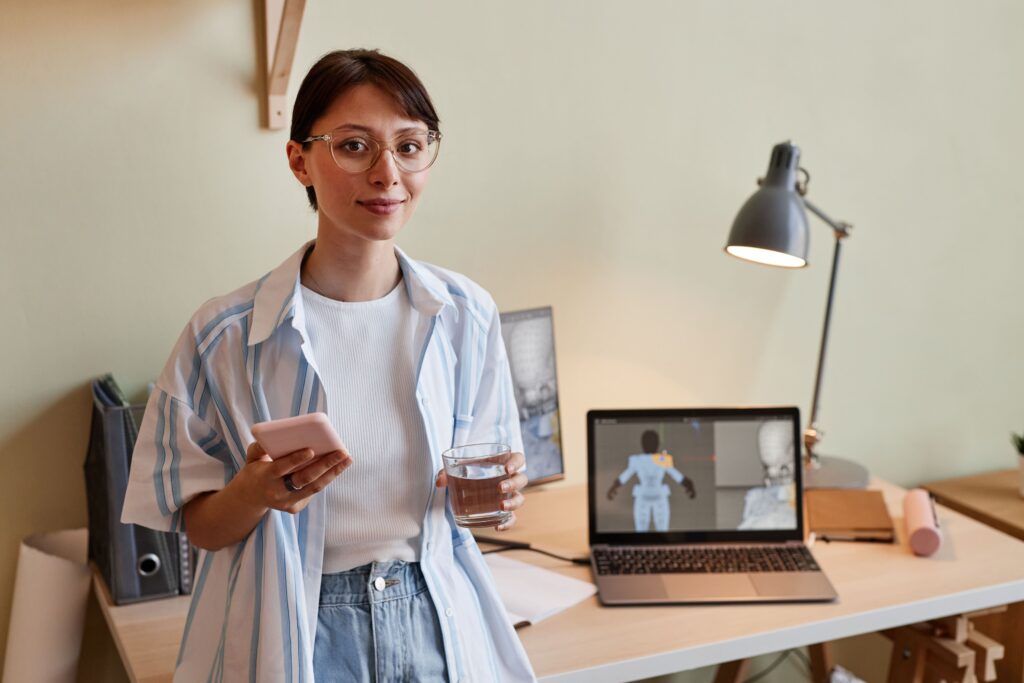In the world of animation, photorealistic rendering has become a crucial element in creating visually stunning and immersive experiences for audiences. Whether you are a seasoned professional or a budding animator looking to enhance your skills, understanding the techniques behind photorealistic rendering can take your work to the next level.
In this comprehensive guide, we will explore the top photorealistic rendering techniques for animation and how you can master them to create captivating visuals.
Understanding Photorealistic Rendering
Photorealistic rendering is the process of creating images that closely resemble real-life objects and scenes. In animation, this technique aims to replicate the look and feel of the physical world in a digital environment.
By paying attention to details such as lighting, textures, and materials, animators can bring their creations to life in a way that is almost indistinguishable from reality.
Importance of Lighting
One of the key elements in achieving photorealistic rendering is mastering lighting techniques. Light plays a crucial role in how objects appear in a scene, affecting their color, texture, and overall appearance.
By understanding different lighting setups, such as natural light, artificial light, and ambient light, animators can create realistic and immersive environments that draw viewers in.
Texture Mapping
Texture mapping is another essential aspect of photorealistic rendering. Textures add depth and detail to objects in a scene, making them more visually appealing and lifelike. By applying textures to surfaces, animators can create realistic materials such as wood, metal, glass, and fabric. Utilizing high-quality texture maps can significantly enhance the overall look of an animation.
Material Shading
Material shading is the process of simulating how light interacts with different materials in a scene. By adjusting parameters such as roughness, reflectivity, and transparency, animators can create materials that accurately mimic real-world counterparts. Understanding material shading techniques allows animators to achieve a high level of realism in their animations.
Global Illumination
Global illumination is a lighting technique that simulates the way light bounces and interacts with surfaces in a scene. By accounting for indirect lighting effects such as reflections and refractions, animators can create more realistic and dynamic environments.
Global illumination adds depth and realism to animations, making them visually engaging and immersive.
Ray Tracing
Ray tracing is a rendering technique that simulates the behavior of light rays as they interact with objects in a scene. By tracing the path of each ray, animators can calculate how light is reflected, refracted, and absorbed by surfaces, resulting in highly realistic images.
Ray tracing is computationally intensive but produces stunning visuals with accurate lighting and shadows.
Importance of Render Farms
Rendering photorealistic animations can be a time-consuming process, especially for complex scenes with high levels of detail. Render farms are a valuable resource for animators, allowing them to distribute rendering tasks across multiple machines to speed up the process.
By utilizing render farms, animators can efficiently generate high-quality animations without overwhelming their local hardware.
Post-Processing Techniques
Post-processing techniques play a significant role in enhancing the final look of photorealistic animations. Effects such as color grading, depth of field, motion blur, and lens flares can add polish and realism to an animation. By incorporating post-processing into their workflow, animators can achieve a professional and cinematic quality in their work.
Continuous Learning and Experimentation
Mastering photorealistic rendering techniques for animation is an ongoing process that requires dedication and practice. As technology evolves and new tools become available, animators must stay up-to-date with the latest trends and advancements in the industry.
Experimenting with different techniques and pushing the boundaries of creativity can lead to breakthroughs in achieving photorealistic visuals.
Pursuing Education and Training
For aspiring animators looking to delve deeper into photorealistic rendering techniques, pursuing education and training programs can provide valuable insights and hands-on experience. Institutions such as New York University (NYU) offer courses and workshops in animation that cover a wide range of topics, including photorealistic rendering.
Furthermore, online platforms like Yellowbrick provide specialized courses that cater to individuals seeking to enhance their animation skills.
Conclusion
Being familiar with photorealistic rendering techniques for animation requires a combination of technical knowledge, artistic skills, and creativity. By understanding the principles behind lighting, textures, materials, and rendering algorithms, animators can create visually stunning animations that captivate audiences.
Continuous learning, experimentation, and staying abreast of industry trends are essential for growth and success in the competitive field of animation.
Key Takeaways:
- Understanding photorealistic rendering techniques is essential for creating visually stunning animations that captivate audiences.
- Mastering lighting, texture mapping, material shading, global illumination, and post-processing techniques are key components of achieving photorealistic visuals.
- Continuous learning, experimentation, and staying up-to-date with industry trends are crucial for success in the competitive field of animation.
Consider taking the NYU Animation Industry Essentials online course and certificate program to further enhance your skills and knowledge in photorealistic rendering techniques. This comprehensive program can provide valuable insights and hands-on experience to help you excel in the world of animation.








